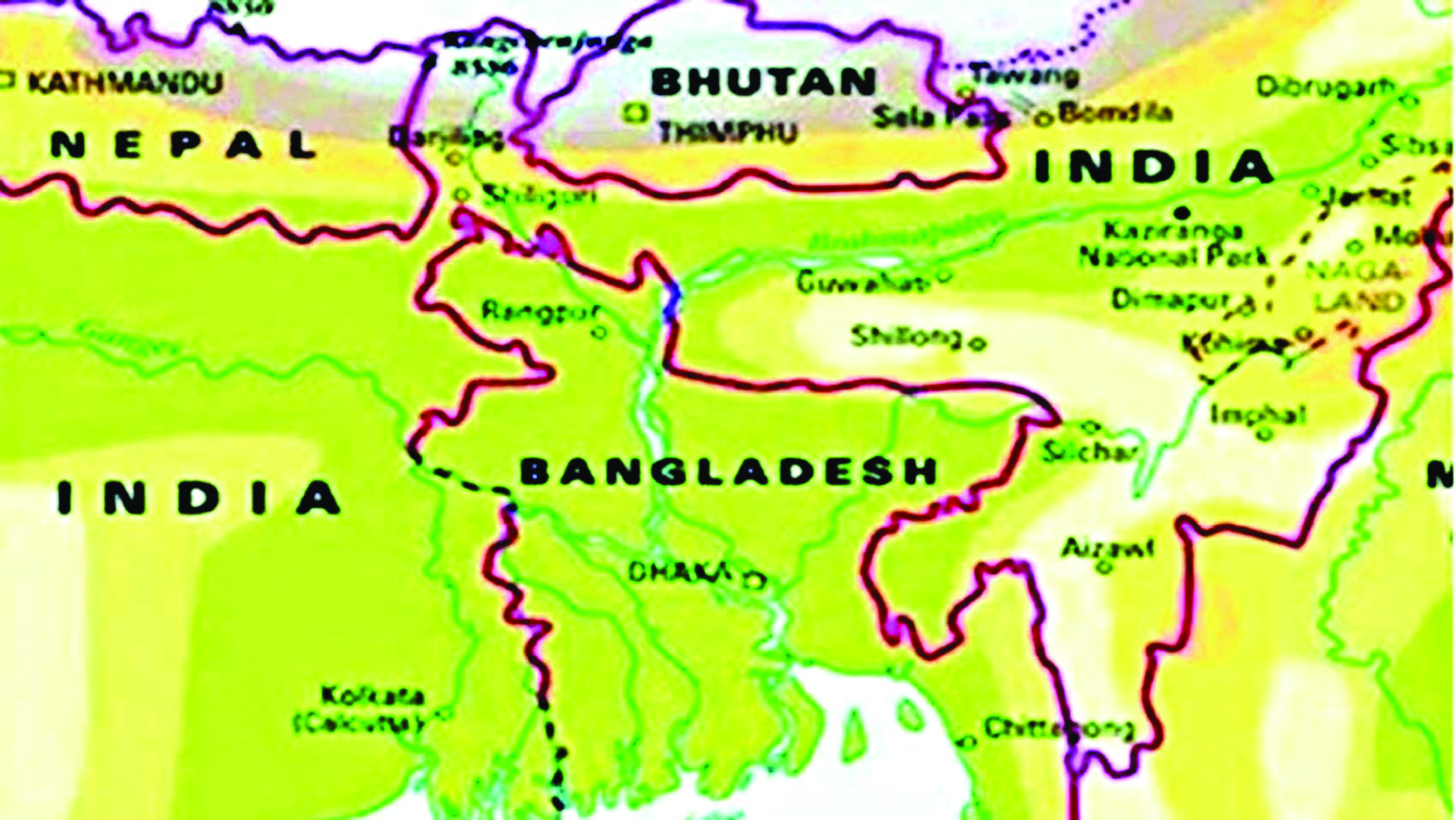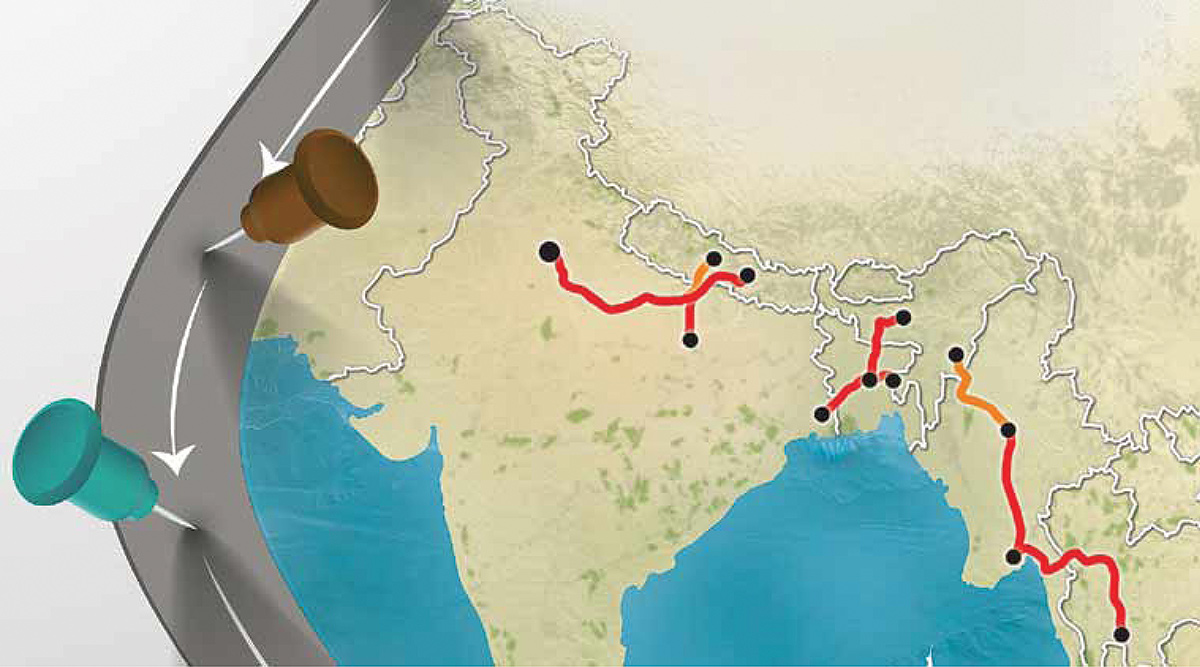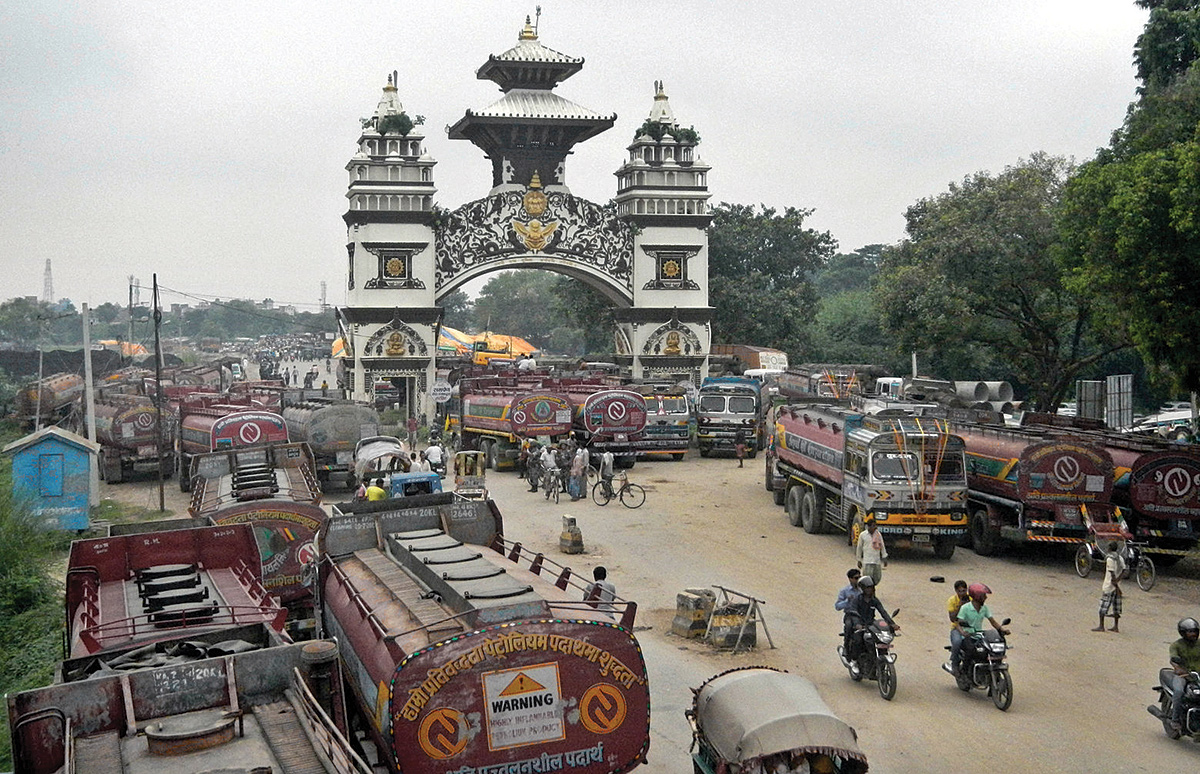
The effort on enhancing sub-regional economic cooperation in South Asia was initiated back in late nineties under the framework of SAARC. This was a sub-regional economic cooperation program that included four countries namely Bangladesh, Bhutan, India and Nepal also known as BBIN by the acronyms of the participating countries. Asian Development Bank has remained the development partner of these initiatives since the very beginning as altogether 37 regional projects worth more than $ 6.75 billion have been implemented over the last one and a half decade. Those projects funded by the Asian Development Bank are mainly in the energy, transport, trade facilitation and information and communication technology (ICT) sectors.
The economic imperatives combined with the political economy associated with SAARC process has been the major driving force behind the formation of sub-regional cooperation framework. The SAARC mechanisms most of the times remained hostage of the growing disputes and animosity between the two large economies, India and Pakistan. The recent escalation of disputes on account of terrorism and cross border firing and consequent postponing of the 19th SAARC Summit has pushed the regional process further into oblivion.
The sub-regional process has moved ahead amidst the slow pace and bumpy ride of the regional arrangements. These countries have signed a Motor Vehicle Agreement in June 2015 that could serve as a milestone towards achieving a well-integrated eastern South Asia if the remaining constituents for integration are followed in the right perspective. The agreement could be a harbinger of increased economic and trade opportunities, flow of investment and people to people contact.
With the advent of modern technology and revolution in the communication sector, countries are introducing innovative methods of doing business. Many Western countries have adopted paperless trade, while the east and south-east Asian countries have been successful in substantially reducing the volume of document and paper works in trade transaction and in doing businesses; the traditional way of doing business being replaced by the use of electronic data interchange, electronic single window, use of digital signature and e-payment in completing the cross border transactions.
Major problem with SAARC remains that actions do not follow commitment. South Asian Free Trade Area (SAFTA) agreement has identified a number of additional measures to reduce trade cost and support facilitation of cross border trade. These measures consisted of: harmonization of standards, reciprocal recognition of test and certification laboratories, harmonisation of customs procedures, customs cooperation, transit facilities, and simplification of business visas among others. However, implementation of these provisions on the ground remained elusive even after a decade of the implementation of the agreements. The trade in goods agreement is still not showing any tangible results since there are a plethora of non-tariff barriers in existence and countries are banking on the large number of items on the sensitive list. These glitches are subtly sidelining the regional processes thereby making inroads to the sub-regional and bilateral arrangements.
The world economy is moving toward convergence with the formation of various economic blocs that are often crisscrossing each other. All South Asian countries are members of atleast two or more preferential trade agreements: India is the leading country; signed 10 full-fledged free trade agreements, 6 limited preferential trade agreement and also negotiating several other such agreements.There is also growing interest among nations to create trade and economic opportunities at the regional level in view of the stalled negotiations and slow progress in multi-lateral trade forums.
Two factors seem to be important in advancing economic integration in this sub-region. First, it is the energy grid that provides life line to economic activities including regular supply of power to various industrial establishments. Bangladesh has a good reserve of natural gas, India is rich in coal energy, Nepal and Bhutan possess immense potential of developing hydropower. Cooperation in energy would help in lifting the boat together.
Similarly, drawing parallels to the human body, transport connectivity could be compared with the arteries and veins that help circulate blood in all human parts keeping the body afloat and going. Similarly, the network of roadways, railways and inland waterways serve as stimulating factors for bringing economies together. The BBIN motor vehicle agreement could be a harbinger of meaningful economic integration of the sub-region since this will not only connect the member countries but also help to create a bridge between South Asia and South East Asia.
The sub-region itself is a sizable market in terms of population as the combined population of Bangladesh, Bhutan and Nepal and eight provincial states of India (including West Bengal and seven north-eastern states) is more than the population of United States of America. Linking economic opportunities, places and people requires more than a motor vehicle agreement. Development of border infrastructures and missing links, modernisation of port, road and rail infrastructures, harmonisation of customs and border procedures and introduction of electronic data interchange facilities are important factors for complementing the efforts of sub-regional integration. Similarly increasing cooperation in trade in services, facilitation of cross border flow of investment, finance and people are crucial aspects for leveraging the benefits of the motor vehicle agreement.
Nepal, Bangladesh and Bhutan share common borders with India and possess various potentials in agriculture, manufacturing and services that could be shared for the mutual benefit of the people in the sub-region. For example, Bangladesh fares well in production of garments and apparel, India is emerging as the manufacturing hub of Asia. Bhutan and Nepal have the potential for high value agricultural products and non-timber forest products. This opportunity could be best harnessed by realising the concept of cross country value chain. However, this needs collective efforts toward improving the business climate, reducing border’s hassles and modernising the transit transport system. Partnering countries should work in unison and harmony with a new mindset to make it happen. This is important in view of leveraging BBIN motor vehicle agreement in promoting common welfare and aligning the sub-region on a higher growth trajectory.
By Purushottam Ojha is the Former Secretary of the Government of Nepal and Senior Consultant at SAWTEE Nepal.






